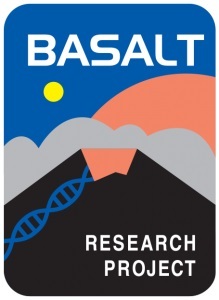HILO — Scientists will mix biology and geology this month inside Hawaii Volcanoes National Park as they help NASA get ready for an eventual manned mission to Mars. ADVERTISING HILO — Scientists will mix biology and geology this month inside
HILO — Scientists will mix biology and geology this month inside Hawaii Volcanoes National Park as they help NASA get ready for an eventual manned mission to Mars.
Over the next couple weeks, the researchers will hike around Mauna Ulu to practice collecting rock samples as they would on the Red Planet.
The purpose is to develop protocols that would be used on a real Martian mission to identify and protect samples that could host life. One of the concerns is contamination of rocks that might be home to living bacteria, said John Hamilton, an astronomy faculty member at the University of Hawaii at Hilo.
“Really, the whole reason of going to Mars is to see if there’s life there,” he said.
“There’s a lot of great geology. But are we alone?”
The project is known as BASALT — or Biologic Analog Science Associated with Lava Terrains.
The NASA grant is administered through UH-Hilo. The Pacific International Space Center for Exploration Systems also is a partner.
Hamilton said no spacesuits will be used with this project, though a “mission control” is being setup at Kilauea Military Camp. As many as 20 UH-Hilo students will assist the team.
Communication with researchers in the field will be placed on time delays of five or 20 minutes to simulate an actual mission, he said.
Hamilton said NASA selected Hawaii, along with the Snake River plain in Idaho, as research sites because they both host volcanic terrain similar to Mars.
For more information, visit https://spacescience.arc.nasa.gov/basalt.
Email Tom Callis at tcallis@hawaiitribune-herald.com.




